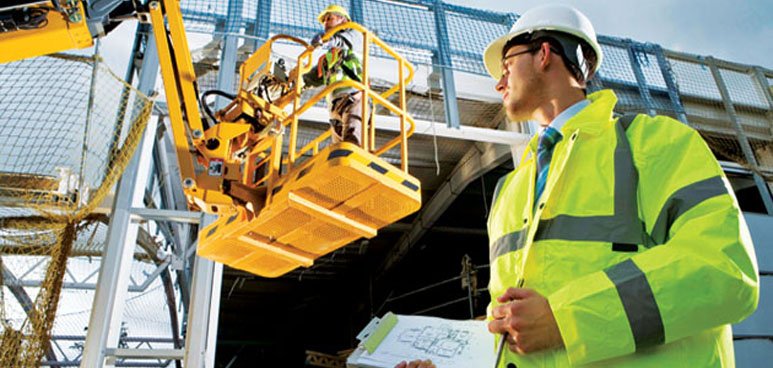Using Machine Learning to Reduce Workplace Accidents
4 min readMachine learning (ML) is a term for the processes by which a machine automatically learns to improve with experience. The use of ML (more commonly known as predictive analytics) is a growing phenomenon that is making a pivotal impact on occupational health and safety by significantly reducing costs related to both injury prevention and unforeseen equipment maintenance.

Using Machine Learning to Improve Maintenance Practices and Reduce Workplace Accidents
Large-sample analytics provides employers with insight from data-set patterns and algorithms that have been previously ignored or overlooked in human observation. The McKinsey Global Institute recently pointed out that a mere 1% of information provided by 30,000 sensors on an offshore oil rig was used by humans to make decisions. With machine learning, not only will all of the information be used all of the time, but the need for workplace maintenance can be predicted, monitored, and efficiently scheduled. In doing so, ML prevents unplanned work stoppages as well as injuries and fatalities due to equipment failure.
Preventing and Predicting Workplace Accidents Through Machine Learning
Machine learning repackaged as predictive analytics systems are commercially available and use data from past incidents and a variety of variables to predict future trends. Getting the most from a predictive analytics system in your organization will require the diligent input of data from previous incidents, along with a variety of other safety analytic data sources, including safety audits, investigations, and comprehensive HR data in relation to situational and environmental contexts.
The information will then be analyzed and used to anticipate future behavior and alert management before an accident occurs. A predictive analytic system in your organization should make use of information based on a variety of factors including:
- HR employee profiles, including:
- Attendance
- Length of shift
- Frequency of absence
- Job satisfaction
- Performance
- Disciplinary action
- Previous trauma
- Worker compensation details
- Level of experience
- Safety training or certification
- Data from thousands of case studies, and data from the Bureau of Labor Statistics and OSHA
- Historical details from previous incidents, including incident descriptions, injury costs, and equipment in use
- Environmental conditions, such as heat, noise vibration, and light
Choosing a Data Analytics System
There is a wide variety of options to choose from. Here are some key features to look for when considering implementing a predictive data analytics system:
- The data analytics system should use an objective rather than subjective data. Make sure the analytics system uses objective data from equipment sensors and facts rather than the potentially biased observations of officials or employees.
- The data analytics system must be easy to use. The system should be easy to use and have the ability to detect risks from both an organizational and individual employee perspective. The clarity of the information provided is also critical. Ongoing training and support are vital to ensure that the system is used to its full potential.
- The data analytics system must be customizable to suit your organization. It is essential that the analytics system be able to relate to your particular business or industry in order to account for specific types of risks and injury. It should also provide customization pertaining to particular jobs and their unique risks.
- The data analytics system must have the ability to connect with other systems. While the integration of data from legacy enterprise systems into a new data analytics program is often a challenge, it is imperative that the system you choose be able to connect with a variety of external and internal data providers. The ability to communicate with your company’s HR and OHS systems is a priority.
Is My Company Ready to Use Machine Learning to Reduce Workplace Accidents?
The International Labour Organization (ILO) points out that almost 2.8 million deaths occur each year due to work-related diseases or accidents, not to mention millions of annual non-fatal workplace accidents.
In the US, workplace accidents cost employers nearly $62 billion in 2016. According to the National Safety Council, in 2017, the average cost to an employer for a workplace injury was more than $39,000 including both direct and indirect costs and $1,150,000 for each fatality.
Additionally, workplace safety impacts your organizational reputation and, consequently, its ability to attract the very best employee, contracts, and investors.
From a financial perspective alone, it is easy to see why the pursuit of new technology to reduce workplace accidents and increase productivity is becoming essential – and why the use of machine learning through predictive data analytics is the next big step in developing a proactive safety culture. Future OHS practitioners will have the opportunity to rely on ML and predictive analytics as an integral part of their profession with just-in-time sourcing of information for preventative maintenance, injury reduction, and the creation of new safety practices and policy.
If your organization has a safety-driven culture with a focus on continuous process improvement, then you are ready to take the next step and look into implementing machine learning and predictive data analytics as part of your company’s operations.



